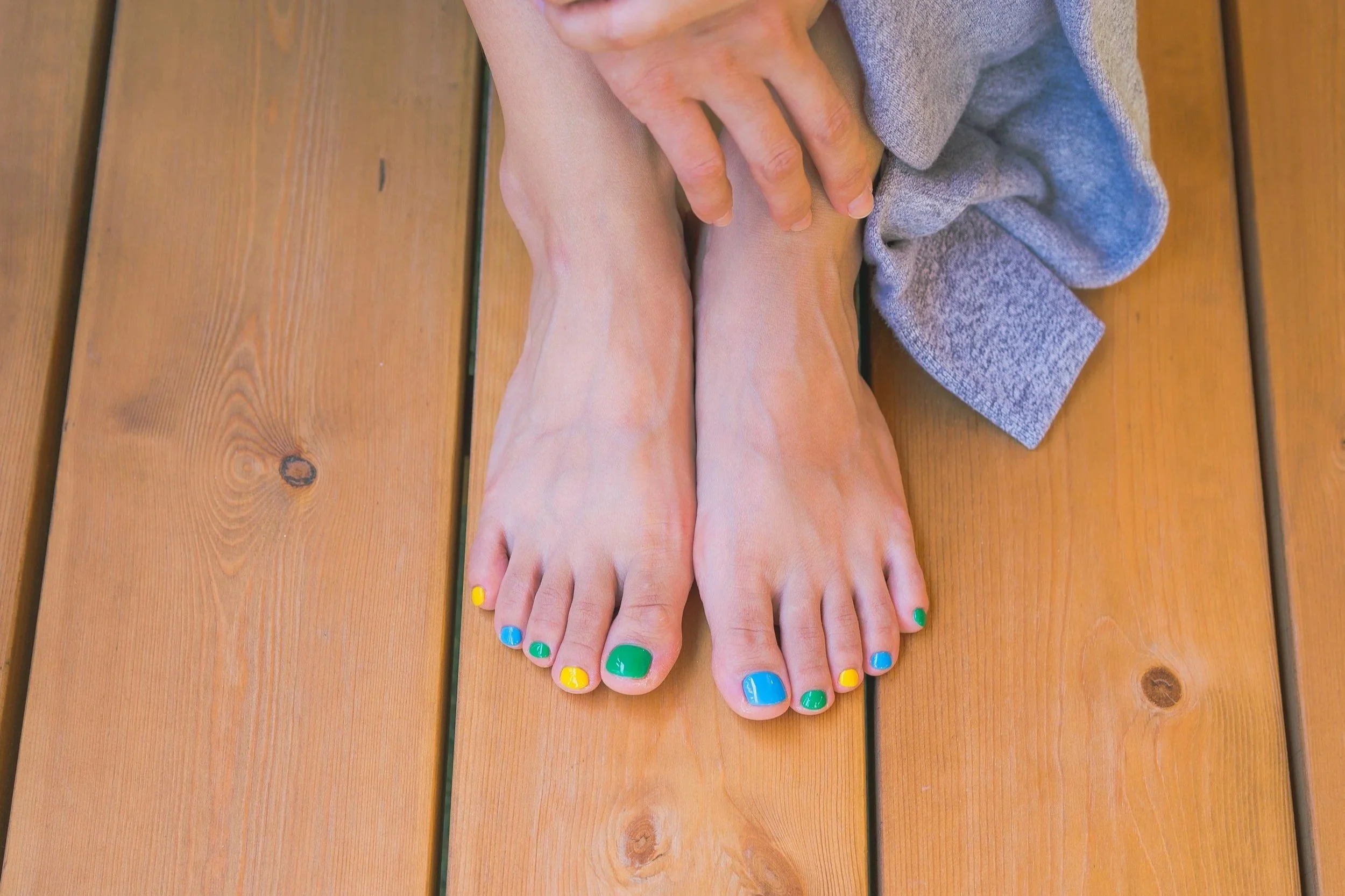
Soft-Tissue Reduction of Great Toes
(Minor cutaneous surgery to relieve footwear pressure and discomfort)
What is soft-tissue reduction of the great toe?
Soft-tissue reduction is a minor surgical procedure to remove or reshape excess skin and subcutaneous tissue on one or both sides of the big toes. The goal is to reduce rubbing and pressure in footwear, relieve discomfort, and improve day-to-day function. No bone is cut and no joint surgery is performed.
Who is this for?
You may be a good candidate if you have:
Redundant or hypertrophic soft tissue around the big toes
Rubbing on adjacent toes and footwear, redness or soreness in closed footwear
Difficulty fitting into standard shoes despite choosing wider or deeper styles
Recurrent friction or hard skin at the toe borders
No significant underlying bony deformity requiring osseous surgery
Our focus is functional improvement and footwear comfort.
Benefits
Relief from pressure and friction in shoes
Improved tolerance of regular footwear
Reduced episodes of irritation and inflammation
Short, local-anaesthetic procedure with same-day discharge
Your consultation
At your assessment we will:
Take a detailed history and examine the toes and footwear
Confirm that symptoms are related to soft-tissue bulk (not bone)
Discuss all options: non-surgical care, soft-tissue reduction, and referral for bony surgery if appropriate
Provide time for questions and informed decision-making
Non-surgical options (first line)
Most patients try conservative care before surgery:
Wide toe-box, deeper footwear and lacing adjustments
Silicone sleeves/props or spacers to reduce friction
Regular emollients to keep skin supple
If these measures do not adequately control symptoms, soft-tissue reduction may be considered.
The procedure (what to expect)
Anaesthetic: Local anaesthetic to numb the toe (you remain awake).
Technique: A small elliptical excision removes redundant skin and subcutaneous tissue from the affected border(s). The wound is closed with fine stitches and covered with a sterile dressing.
Time: Typically 20–40 minutes.
Home the same day: You can walk short distances immediately, but rest and elevation are advised for a few days.
Recovery & aftercare
Dressings: Keep dry and intact until review at 7–10 days.
Stitches: Usually removed or checked at 14-21 days.
Healing time: About 4–6 weeks to settle; swelling and tenderness gradually improve.
Footwear: Avoid narrow or tight shoes for 6–8 weeks. Choose wide/deep toe boxes.
Scar care: Silicone gel or sheets may be recommended once the wound has healed.
Activity: Return to low-impact activities as comfort allows; avoid friction from tight footwear while healing.
Risks and limitations
All procedures carry some risk. We will explain these clearly and answer your questions.
Infection, delayed healing or wound breakdown
Hypertrophic/keloid scarring or altered sensation
Residual or recurrent soft-tissue prominence
Persistent tenderness or sensitivity
No guarantee of symptom resolution in every case
Alternatives and onward referral
Some patients benefit from bony (osseous) surgery if an underlying skeletal deformity (e.g. hallux valgus, condylar prominence) contributes to pressure. These procedures may include osteotomy or phalangeal reshaping and involve longer recovery and different risk profiles.
While we do not perform bony surgery here, we can refer you to an appropriate podiatric or orthopaedic consultant (NHS or private) if you wish to explore this option. Choosing no treatment is also a valid option if symptoms are manageable.
Frequently asked questions
Will it hurt?
You should not feel pain during the procedure due to the local anaesthetic. Mild soreness afterwards is common and usually manageable with simple pain relief.
Will I have a scar?
Yes. All surgery leaves a scar. Most settle well over time; we discuss scar care to minimise thickening.
How soon can I return to work?
Desk-based roles: often within a few days. Standing/manual roles may need longer, your clinician will advise based on wound healing and footwear requirements.
What if my symptoms are caused by bone?
If assessment suggests a bony cause, we will discuss referral for bony surgery rather than soft-tissue reduction.
How to prepare
Bring your most commonly worn shoes (work and leisure).
Bring a list of medications and any relevant medical history.
Plan for someone to drive you home if possible, and to rest with your foot elevated for the first day.
Ready to talk?
If rubbing, pressure and footwear difficulties are affecting your daily life, we’re here to help.
Contact us using the form below making sure you mention Soft-Tissue Reduction of Great Toes and any questions you may have in the message and our team will be in contact

